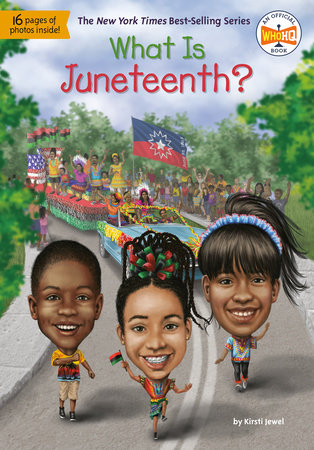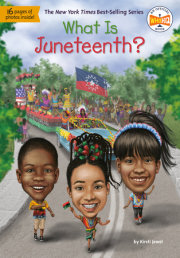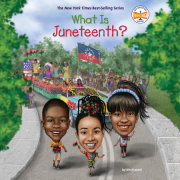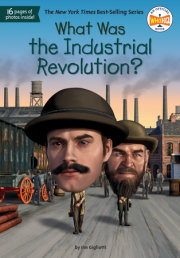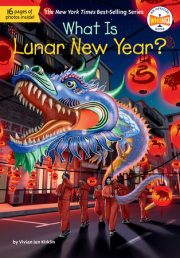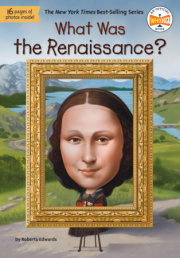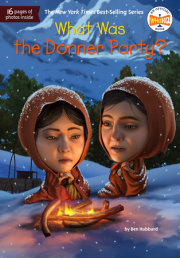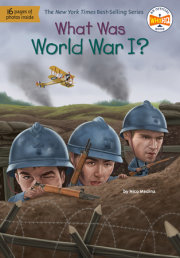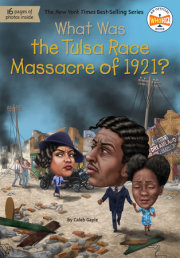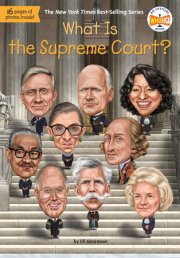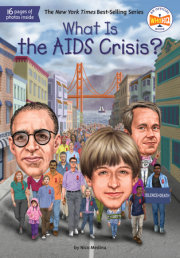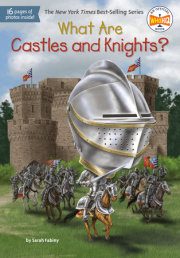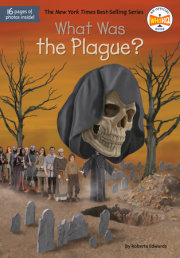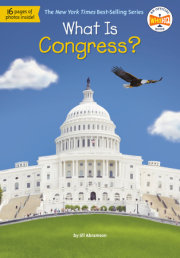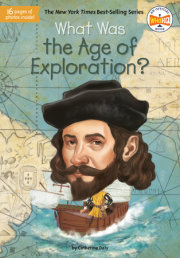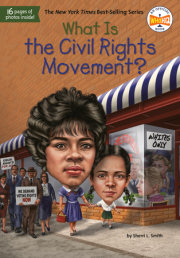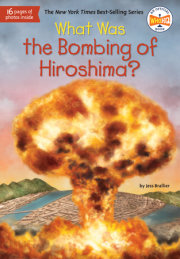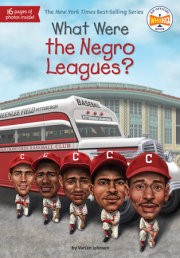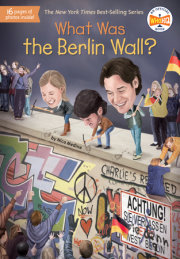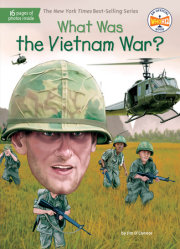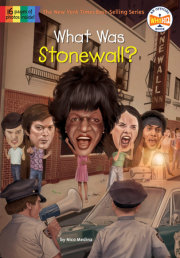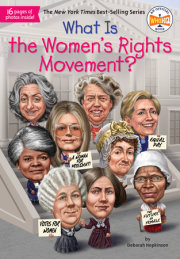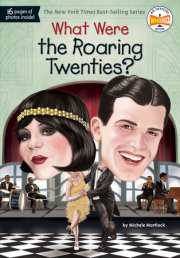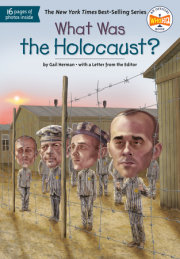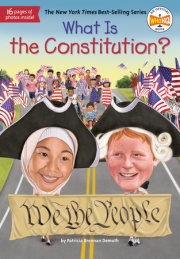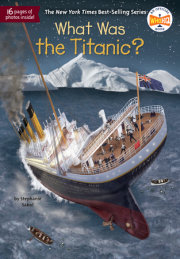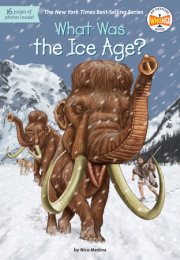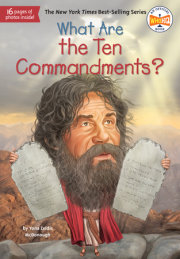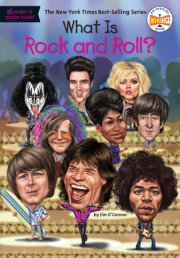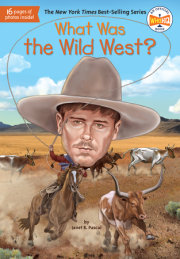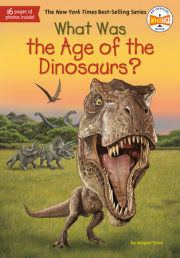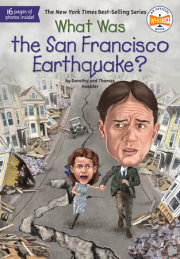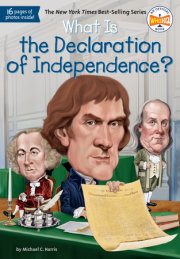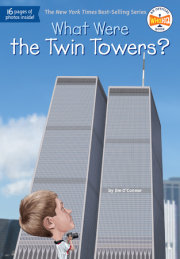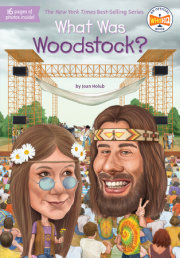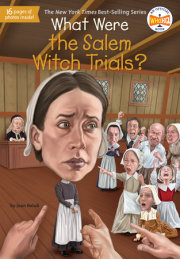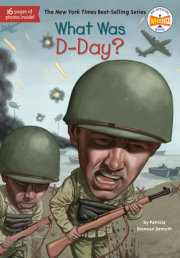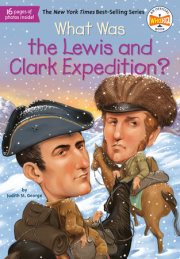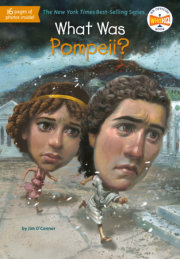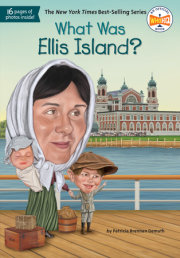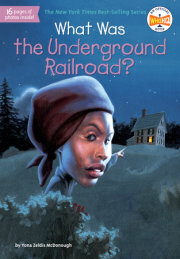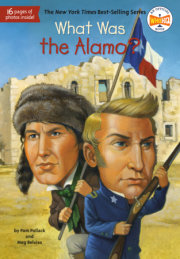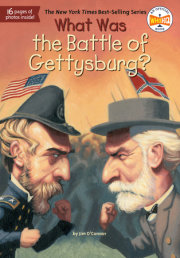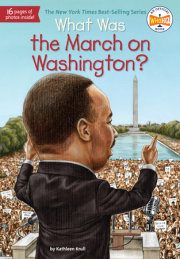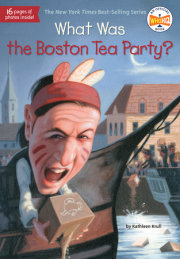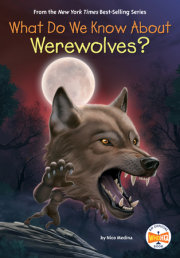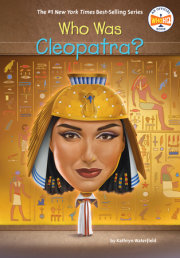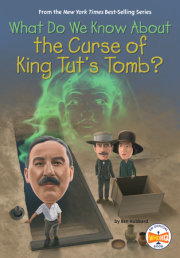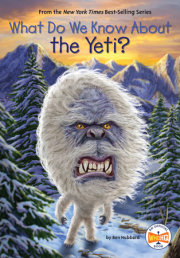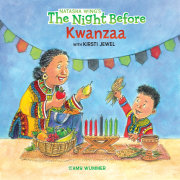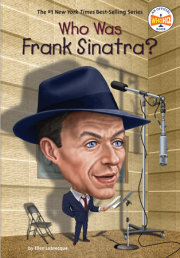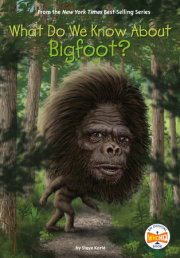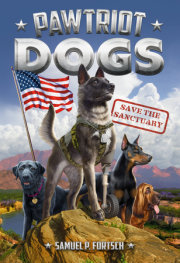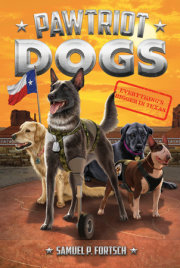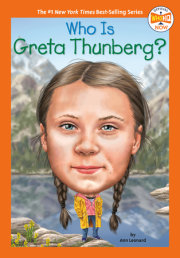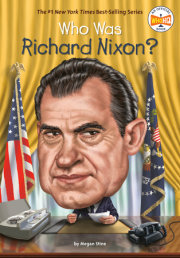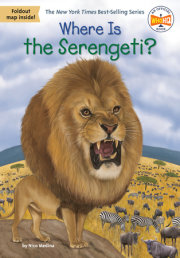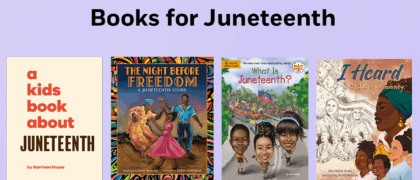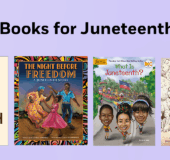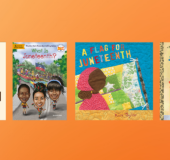What Is Juneteenth? June 19, 1865
There’d been whispers throughout Galveston, Texas, that a paper had been signed. A paper granting freedom to all enslaved people across the Southern states. The people of Texas were the last to hear the news that had changed all of the United States.
It was 1865, and Black people had suffered under slavery for more than two hundred years. Most Northern states had outlawed slavery by this time. However, in the South, it was legal and white people with money continued to use the forced, unpaid labor of Black people to grow even richer.
Although there are several different stories about what actually happened on June 19, 1865, the one that is most often told says that everyone in town—-Black people and the white people who’d enslaved them—-were told to gather at Ashton Villa. It had been the headquarters for the Southern army during the Civil War—-a war fought for four long years between the Northern and Southern states.
Some Black people at Ashton Villa had hopes that the war might be over. For some time, the North seemed to be winning. Perhaps that explained why there’d been sightings of the US Colored Troops (USCT)—-a unit of Black soldiers fighting with the Union army—-marching through Galveston. If the North had won the war, what would this mean for Southern states—-and, most of all, for Black people? Now Major General Gordon Granger walked onto the balcony overlooking the crowd. He read a handwritten note. Its official name was General Order No. 3, which summarized the famous document known as the Emancipation Proclamation. (To emancipate people means to set them free.) He said, “The people of Texas are informed that, in accordance with a proclamation from the Executive of the United States [President Abraham Lincoln], all slaves are free.”
Free!
As soon as Granger said the word
free, Black people cheered and shouted in jubilee—-they were full of joy! Because with one sentence, Black people learned they were no longer the property of their white enslavers. The proclamation recognized them as free human beings.
People began to dance. Some exclaimed, “Hallelujah!” Others hugged each other and cried. Freedom was a dream that many thought would never come true.
What they didn’t know was that the Emancipation Proclamation had been signed on January 1, 1863! It took almost two and a half years for the people of Galveston to find out the news that changed the future of the United States. Why did it take so long for enslaved people in Texas to find out about the Emancipation Proclamation as well as the Union victory two months earlier?
Location was one reason. Among the Confederate states, Texas was farthest west, away from the action of the war. So as Northern troops began winning the war, some enslavers left eastern Southern states such as Louisiana and Alabama and moved to Texas. There they started new plantations (very large farms). They brought along the enslaved people they owned to work their new land.
One formerly enslaved man, named Louis Love, remembered having to leave New Orleans, Louisiana, suddenly after Northern soldiers took over the city. Love’s enslaver knew that if his workers were freed, he’d have to pay them. The very next morning, Love said, that about three hundred enslaved people were ordered onto wagons and moved to Texas.
In Galveston and other parts of Texas, many white people had already heard about the Emancipation Proclamation. However, they purposely kept the news from enslaved people; they wanted to continue having free work for as long as possible.
Also, there hadn’t been many Union soldiers in Texas to let Black people know about the Emancipation Proclamation. Even after General Granger made his announcement in Galveston, there were other cities in Texas where it took even longer to hear the news.
June 19, 1865, would soon become a holiday celebrated by all Black Americans across Texas and the South. Decades later, it would be honored across the country. A day of jubilee, as it was often called, for all Americans. A holiday named by blending the words “June” and “nineteenth”—-Juneteenth!
Chapter 1: Centuries of Slavery The years of slavery represent a very dark and cruel time in American history. Taken from the western coast of Africa, the first group of African people were brought by ship to Virginia in 1619. Eventually, they were sold at auctions to wealthy white farmers to work on tobacco farms. Slavery existed in all the original thirteen colonies in America. But many years before the Civil War, slavery had been abolished in Northern states.
In the South, Black people were forced for long hours to do backbreaking work—-picking cotton and planting tobacco. They cooked and cleaned for their white enslavers and took care of their kids, while their own children were also out working the fields.
Any children born to enslaved people were automatically enslaved themselves. They were given scraps for food and rags for clothes. They were not allowed to learn to read or write.
What happened if they didn’t do as they were told? They were often severely beaten. As punishment, families might be broken up; enslavers would often sell parents or their children to other plantation owners across the South.
People often wonder, “Why didn’t enslaved people run away?” Many did! In fact, around one hundred thousand people escaped from slavery. But it was very difficult and dangerous to reach the North. If people were caught, it could result in torture or death.
When Abraham Lincoln became president in 1861, enslaved people and abolitionists were hopeful. (Abolitionists were people—-both white and Black—-who fought to end slavery. Many lived in the North.) Lincoln was known for being against slavery. Plantation owners feared that he was going to make owning Black people illegal.
After Abraham Lincoln became president, seven Southern states seceded (this means to separate) from the United States. They formed their own country—-the Confederate States of America. Lincoln said states couldn’t do this and war broke out. Then four more Southern states joined the Confederacy. Why didn’t these states want to remain in the Union? They wanted to keep slavery. They feared that Lincoln would abolish it.
The possibility of becoming free gave Black people in the Confederacy tremendous hope. Lincoln’s first step toward universal freedom was the Emancipation Proclamation, issued on January 1, 1863.
Why didn’t he use it to free all from bondage?
Lincoln was a practical politician. The border states Kentucky, Delaware, Maryland, Missouri, and West Virginia still allowed slavery.
However, they chose to stay in the Union and didn’t join the Confederacy. Lincoln was desperate to keep them from ever seceding. So as not to anger white people in these border states, Lincoln did not free the enslaved people living there. However, all the enslaved people in the Confederacy were suddenly free; they left plantations in great numbers, and many worked for the Union cause, though the living conditions were terrible.
On August 20, 1862, President Lincoln wrote to an editor of the New York Daily Tribune. He stated: “If I could save the Union without freeing any slave I would do it, and if I could save it by freeing all the slaves I would do it . . . What I do about slavery and the colored race, I do because I believe it helps to save this Union.”
Copyright © 2022 by Penguin Random House LLC.. All rights reserved. No part of this excerpt may be reproduced or reprinted without permission in writing from the publisher.

